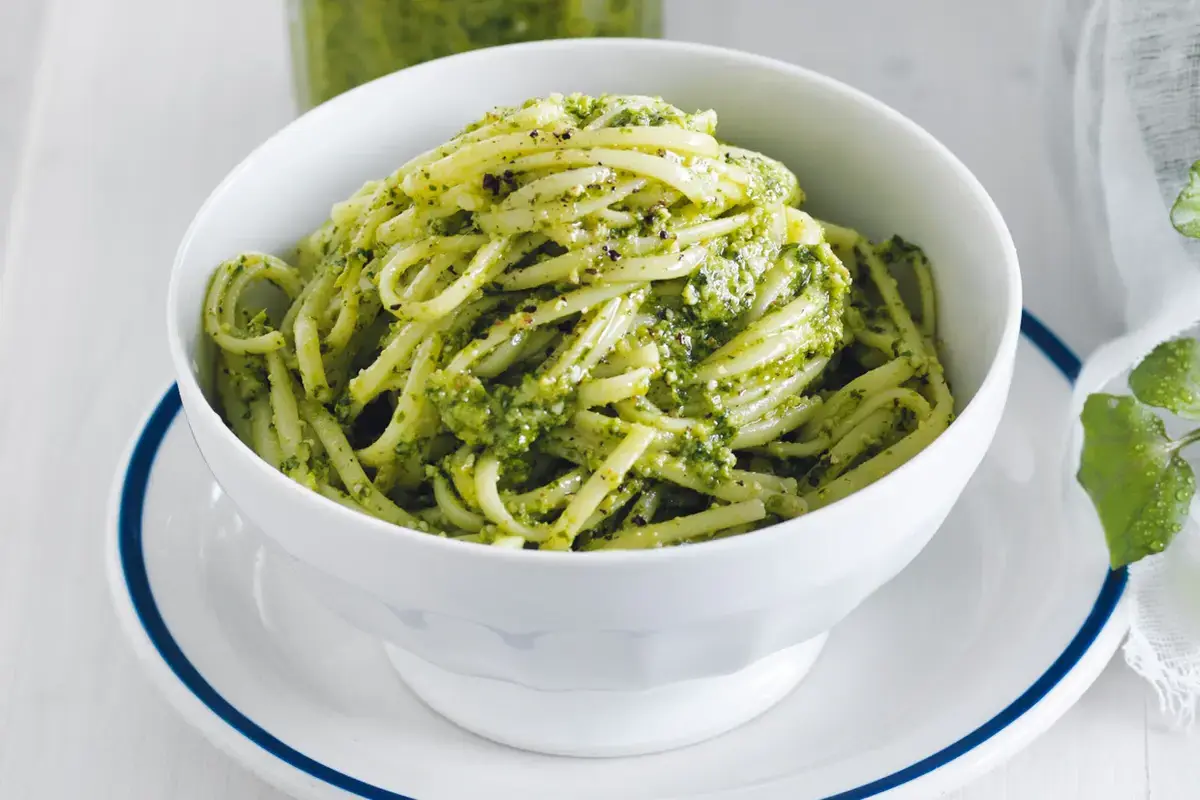Discovering the Delightful World of Greek Fire Cheese
Have you ever heard of Greek Fire Cheese? If not, you’re in for a treat! This unique and flavorful cheese is a true delight for food enthusiasts. Let’s dive into the world of Greek Fire Cheese and uncover what makes it so special.
What is Greek Fire Cheese?
Greek Fire Cheese, also known as Saganaki, is a traditional Greek cheese that is renowned for its fiery presentation. This delectable cheese is typically made from sheep’s milk and has a rich, tangy flavor that sets it apart from other varieties.
How is it Made?
The process of making Greek Fire Cheese is a true art form. The cheese is typically cut into thick slices, dipped in flour, and then pan-fried until it reaches a crispy, golden-brown exterior. Once cooked, it is often flambéed with brandy or rum, creating a spectacular flaming effect that adds to its allure.
Flavor Profile
Greek Fire Cheese boasts a bold and robust flavor that is truly unforgettable. Its creamy interior is complemented by a crispy, caramelized crust, creating a delightful contrast of textures. The addition of brandy or rum during the flambéing process infuses the cheese with a subtle hint of sweetness, making each bite a symphony of flavors.
Serving Suggestions
There are numerous ways to enjoy Greek Fire Cheese. Here are a few popular serving suggestions:
- Pair it with a drizzle of honey for a sweet and savory combination.
- Serve it alongside freshly squeezed lemon juice for a burst of citrusy freshness.
- Enjoy it with a side of crusty bread to soak up the delicious melted cheese.
- Pair it with a glass of crisp white wine for a truly indulgent experience.
Where to Find Greek Fire Cheese
If you’re eager to experience the magic of Greek Fire Cheese for yourself, you may be wondering where to find it. Many Greek restaurants feature Saganaki on their menus, often offering it as a show-stopping appetizer. Additionally, specialty food stores and gourmet markets may carry this unique cheese, allowing you to bring the flavors of Greece into your own kitchen.
In Conclusion
Greek Fire Cheese is a true culinary marvel that delights the senses with its bold flavors and captivating presentation. Whether you encounter it at a Greek restaurant or decide to prepare it at home, this fiery cheese is sure to leave a lasting impression. So, the next time you’re craving a culinary adventure, consider indulging in the irresistible allure of Greek Fire Cheese.
Now that you’ve been introduced to the world of Greek Fire Cheese, it’s time to savor the experience for yourself. Whether you’re a cheese connoisseur or simply someone who appreciates good food, this unique cheese is a must-try. So, go ahead, take a bite, and let the flavors of Greece transport you to a world of culinary delight.
Was this page helpful?
Read Next: What Is Cup To Grams











